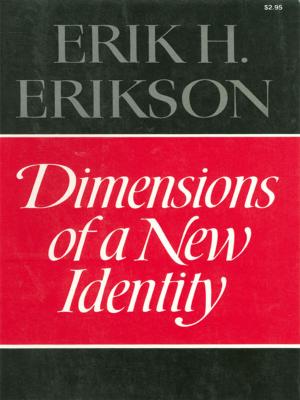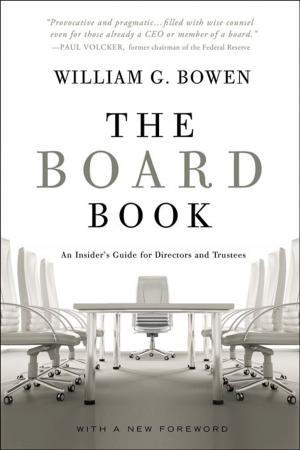Intelligence and How to Get It: Why Schools and Cultures Count
Nonfiction, Reference & Language, Education & Teaching, Educational Theory, Testing & Measurement, Health & Well Being, Psychology, Cognitive Psychology, Science & Nature, Science, Biological Sciences| Author: | Richard E. Nisbett | ISBN: | 9780393071412 |
| Publisher: | W. W. Norton & Company | Publication: | February 8, 2010 |
| Imprint: | W. W. Norton & Company | Language: | English |
| Author: | Richard E. Nisbett |
| ISBN: | 9780393071412 |
| Publisher: | W. W. Norton & Company |
| Publication: | February 8, 2010 |
| Imprint: | W. W. Norton & Company |
| Language: | English |
“[Nisbett] weighs in forcefully and articulately . . . [using] a thoroughly appealing style to engage . . . throughout.”—Publishers Weekly
Who are smarter, Asians or Westerners? Are there genetic explanations for group differences in test scores? From the damning research of The Bell Curve to the more recent controversy surrounding geneticist James Watson’s statements, one factor has been consistently left out of the equation: culture. In the tradition of Stephen Jay Gould’s The Mismeasure of Man, world-class social psychologist Richard E. Nisbett takes on the idea of intelligence as biologically determined and impervious to culture with vast implications for the role of education as it relates to social and economic development. Intelligence and How to Get It asserts that intellect is not primarily genetic but is principally determined by societal influences.
“[Nisbett] weighs in forcefully and articulately . . . [using] a thoroughly appealing style to engage . . . throughout.”—Publishers Weekly
Who are smarter, Asians or Westerners? Are there genetic explanations for group differences in test scores? From the damning research of The Bell Curve to the more recent controversy surrounding geneticist James Watson’s statements, one factor has been consistently left out of the equation: culture. In the tradition of Stephen Jay Gould’s The Mismeasure of Man, world-class social psychologist Richard E. Nisbett takes on the idea of intelligence as biologically determined and impervious to culture with vast implications for the role of education as it relates to social and economic development. Intelligence and How to Get It asserts that intellect is not primarily genetic but is principally determined by societal influences.















